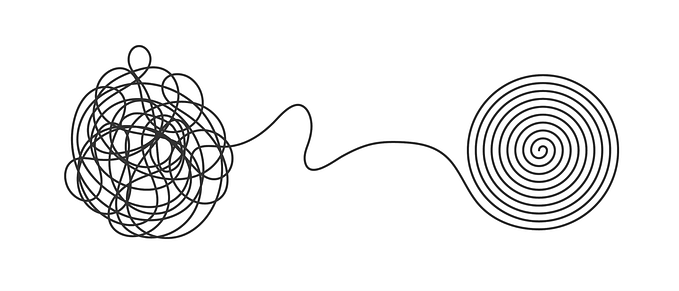Member-only story
How to overcome blank page syndrome, a luxury designers can’t afford
How to find the right design without using Generative AI

Designers must learn to combat blank page syndrome nowadays because you have an unfair competitor: Generative AI.
Blank page syndrome, where creatives stare blankly at a page, trying to find the perfect idea (or dealing with impostor syndrome), is quickly becoming a luxury designers can’t afford.
While the idea is probably shelved, unfair comparisons will come through. But while Generative AI is useful to combat this, another idea can help you combat a blank page.
It starts by realizing design is not art.
Design is not art, even now more than ever
“Design is not art, design has to function.”-Isaac Jeffries
There’s a specific community of designers who often consider themselves artists. Some have a background in graphic design, while others create visually exciting and artistic work.
It’s been a timeless debate whether design is art, but it’s become increasingly apparent that it isn’t due to AI. Artists suffer in multiple ways due to AI, but designers don’t have to.
Why? The design has a different purpose. Businesses don’t want useless art pieces on their home page. They want to change user behavior through design.
We’re not discussing using deceptive patterns to trick users into buying things. Instead, our designs are often measured through user behavior change.
I like Dan Winer’s, Director of Product Design at Kit, take on it:
1. Design for an emotional response
2. Expect a behavioral response
3. Track the change in behavior
4. Understand the metric your work impacts
5. Comprehend where it fits into the business context
If we’re re-designing a poor user experience, the business sees undesirable user…






